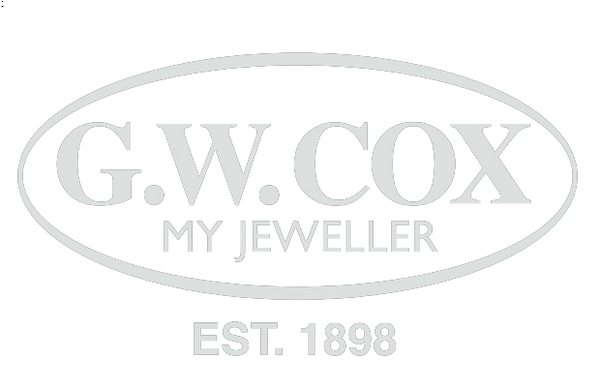Diamond Education
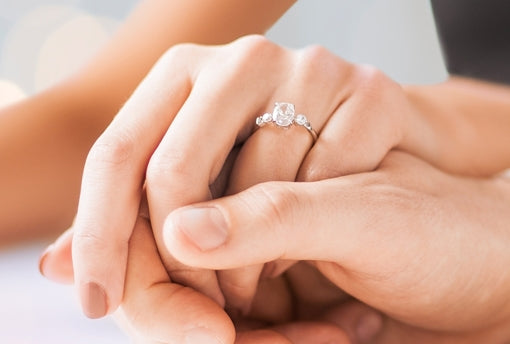
Selecting the Right Diamond
Buying an engagement ring can be an overwhelming task.
It is a symbol of your love for your partner and it's a token of your willingness to take your relationship to the next level and it doesn't help that your loved one will be showing off the ring to all of their friends and family.
For many, the purchase of their partner's engagement ring will be their first experience of buying jewellery.
When you walk into a jewellery store you will be inundated with terms and concepts that you have never heard before, but with G.W. Cox – My Jeweller, you needn't worry.
We've put together the ultimate guide to help you to purchase an engagement ring that your partner will love.
When selecting a diamond, you'll want to take into consideration the 4 Cs: cut, carat weight, colour and clarity.
All determine the quality and cost of the diamond.
Before you come in, to ensure that the ring you select is the perfect size, bring in a ring that your partner isn't wearing for it to be measured.
You'll have a variety of metals to choose from for the engagement ring's band.
The most common include yellow gold, rose gold, white gold, platinum, and silver.
You can even do a mix of different types of metals.
Take note the different types of jewellery your partner currently wears to get an indication as to what they would prefer.
Lastly, establish a budget as this will help us to show you the best options available in your price range.
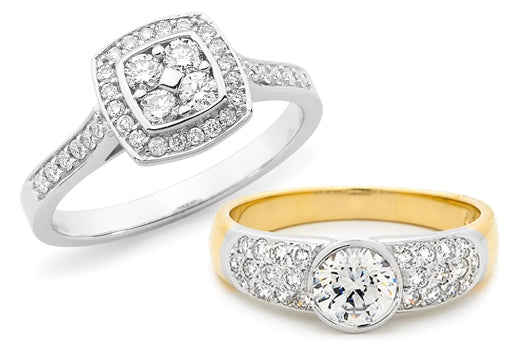
Carat and Cut
Diamond cut is perhaps the most important, so it is important to understand how this quality affects the properties and values of a diamond.
A high-quality cut diamond will maximise the amount of light reflected back through the top of the diamond resulting in a stone with sparkle.
The angles and finishes of any diamond are what determine its ability to handle light, which leads to brilliance.
Do not confuse diamond cut with shape, which refers to the general outward appearance of the diamond, for example, round, square or emerald.
Carat is the worldwide weight standard for diamonds and gemstones.
The word carat comes from the carob seed, the original unit of measure for diamond traders.
Today, a carat is equal to 0.2 grams (about the same weight as a paper clip).
What's important to remember is that as diamonds increase in size, so too does their cost.
The larger the diamond, the rarer it is. As carat refers to weight and not the actual size, two diamonds of equal carat weight can have very different costs based on other factors, such as cut and colour.
Bigger doesn't always mean better.
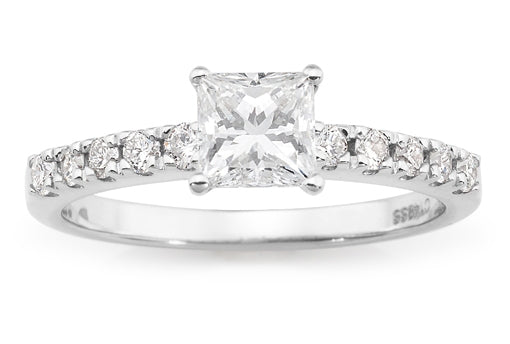
Colour and Clarity
Colour refers to the purity and transparency of the stone and is a result of the composition of the diamond.
It never changes over time and a truly colourless diamond is extremely rare!
Most diamonds possess varying degrees of colour creating substantial differences in value.
Colours are graded on a scale of D through to Z, with D being colourless and Z with light colouring.
All D-Z diamonds are considered white and an icy white diamond is typically D, E or F, although differences are rarely seen by the untrained eye.
Clarity refers to the size, number and positioning of the natural imperfections inside the diamond.
Because diamonds are formed deep within the earth, under extreme heat and pressure, virtually all diamonds contain small imperfections, known as inclusions or blemishes.
Inclusions include flaws such as air bubbles, cracks, and non-diamond minerals found in the diamond.
Blemishes include scratches, pits, and chips.
Diamonds with no or few inclusions and blemishes are more highly valued because they are rarer and more brilliant.
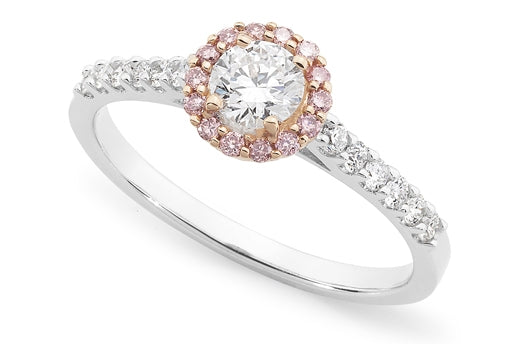
Shape and Style
Confidence is not one of the traditional 4 C's, however, since buying a diamond is an important purchase, at G.W. Cox – My Jeweller, we believe that it is essential that you feel confident that you are being guided by an experienced jeweller and the diamond you purchased is guaranteed for years to come.
In addition to the four C's, you'll also want to take into consideration a diamond's shape.
The shape of the diamond is a matter of your partner's preference.
Below, are a few of the possible shapes you can get a diamond in: Princess, Pear, Emerald, Round, Marquise, Radiant, Cushion, Asscher, Oval, Heart and Trilliant.
